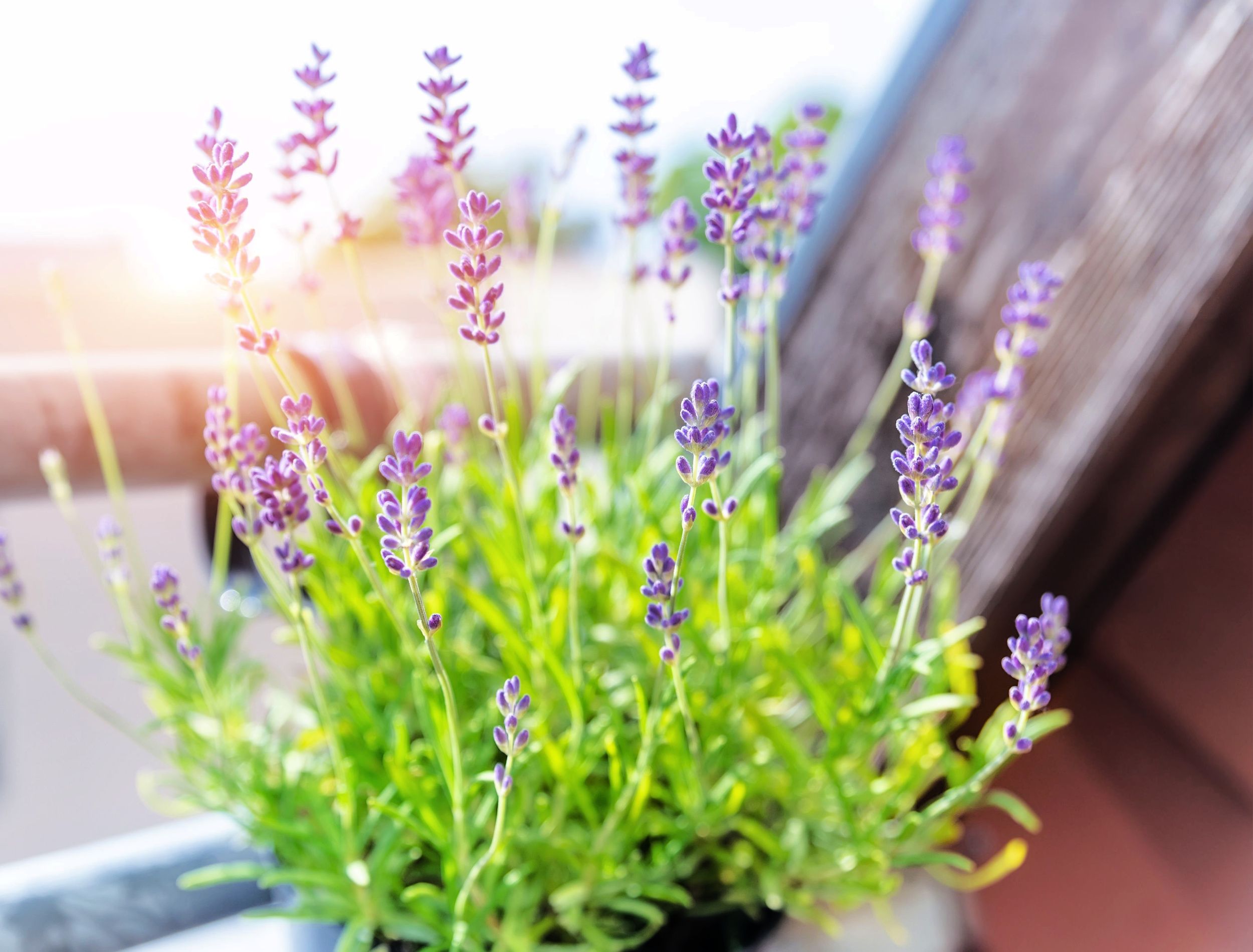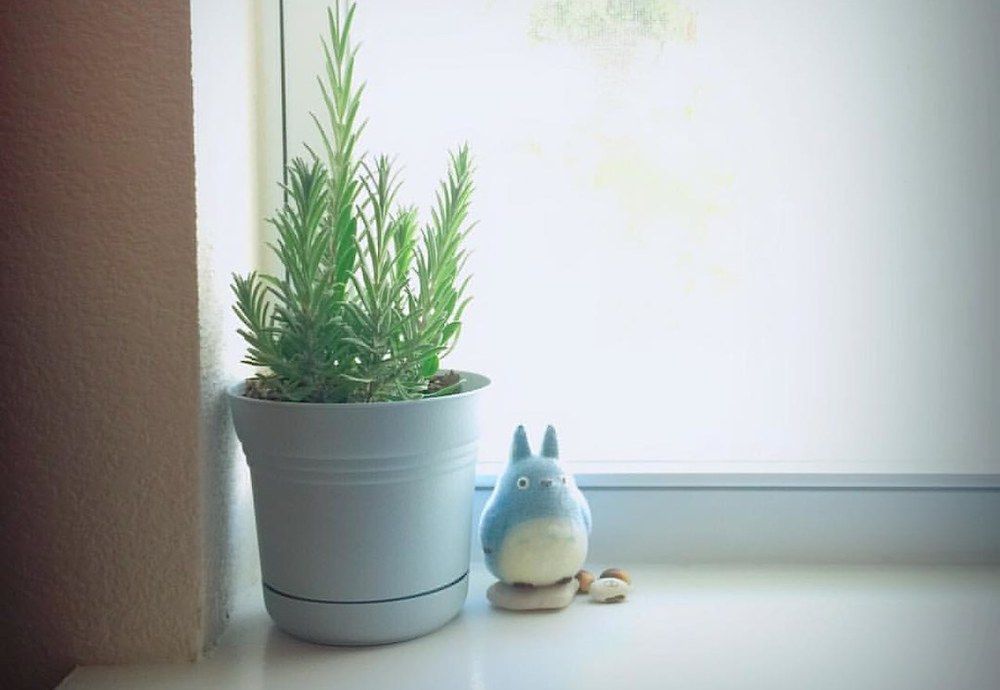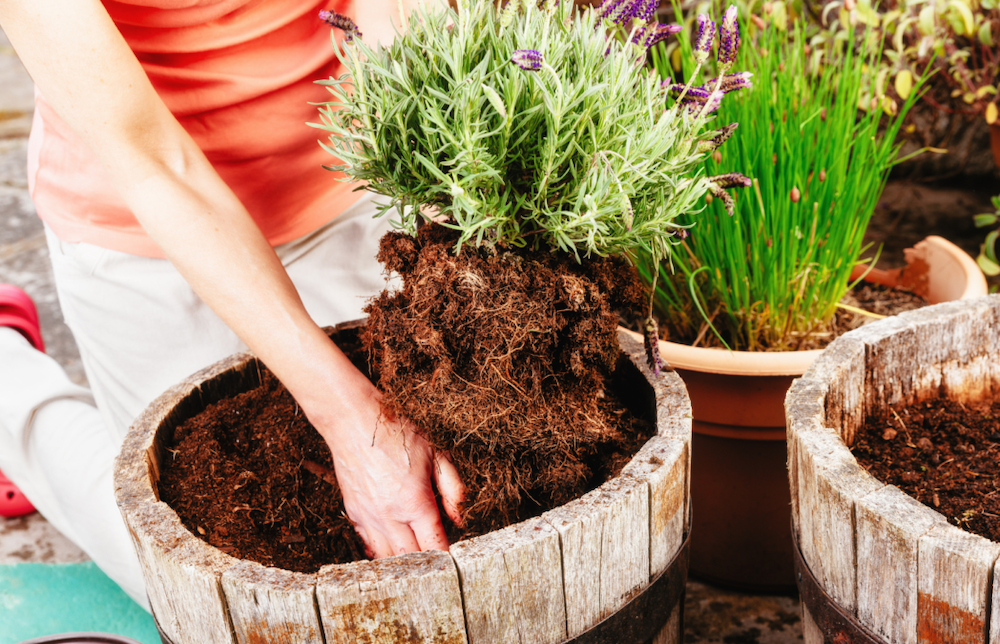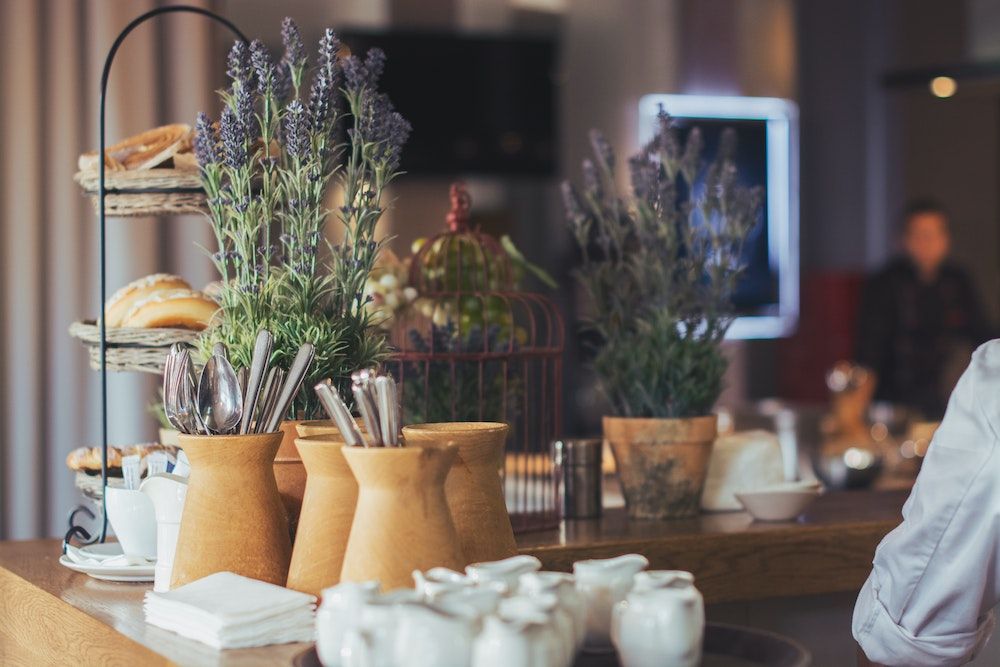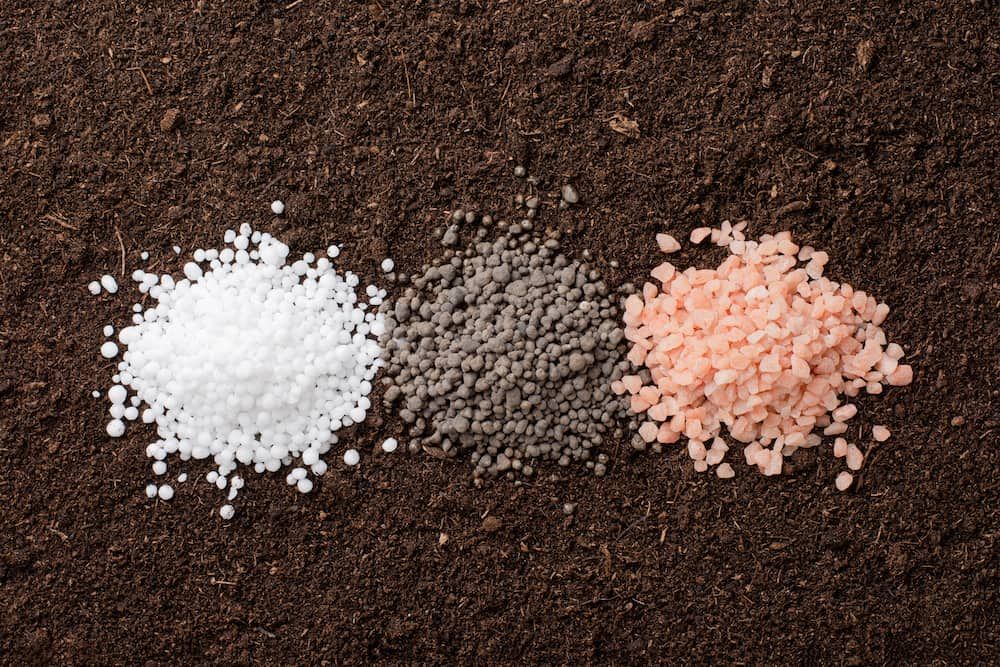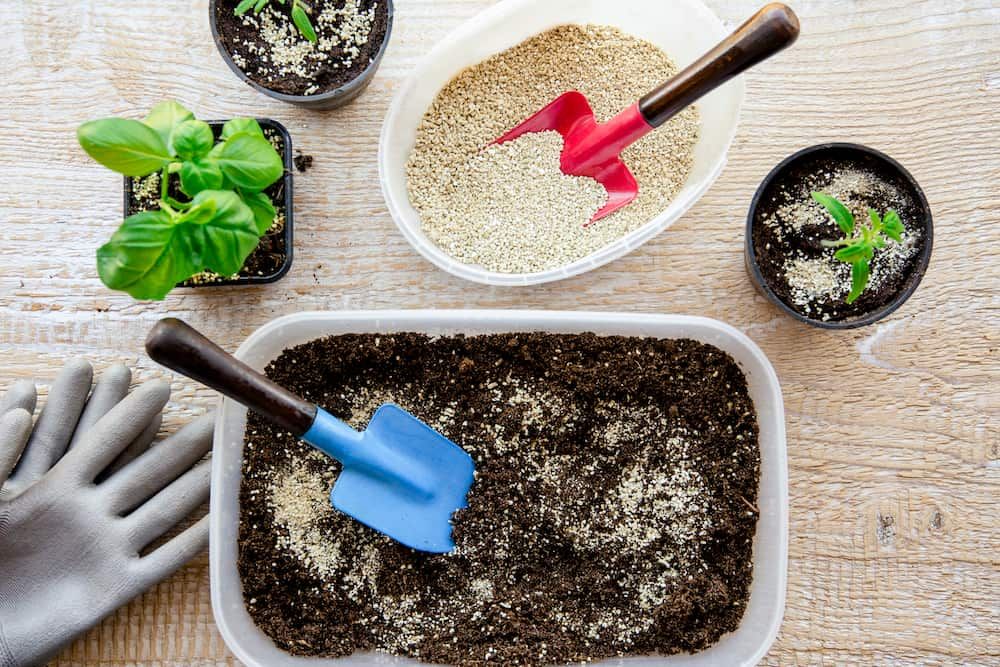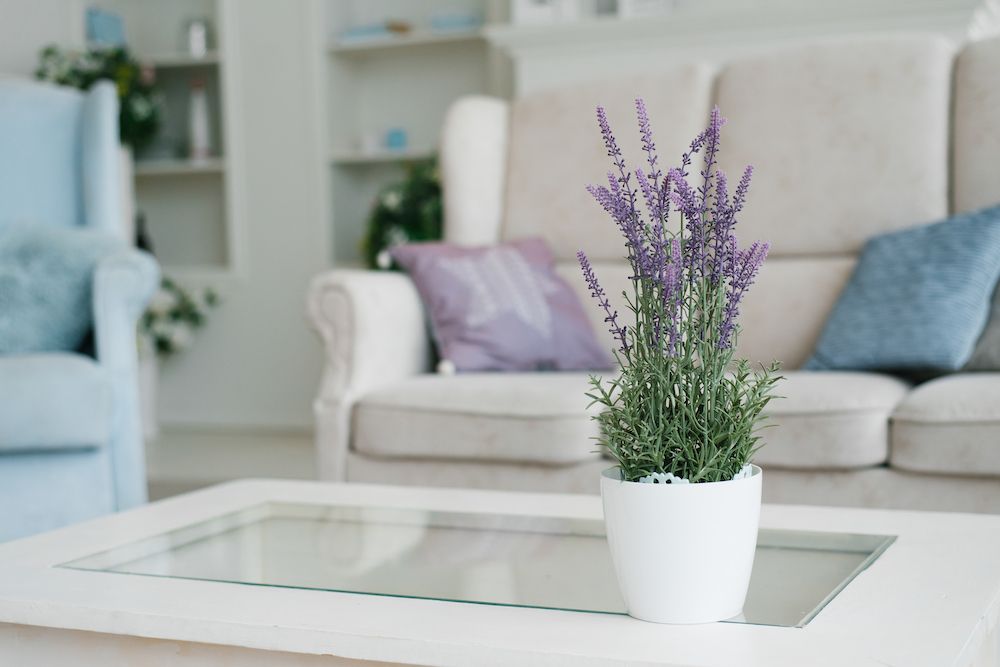If you're looking for a plant that gives back, you can't go wrong with lavender. Whether you want to destress or need a secret ingredient for out-of-this-world desserts, body butter, or oils, lavender has you covered.
There's no doubt that their sweet, floral, and woodsy aroma will uplift your mood, or that the plant's long blue flowering shoots can accentuate your garden. But if you lack outdoor space, can you try growing them indoors? What do you need to help them thrive, and do they require special care? Down below, you'll learn about all that and more!
Growing Lavender Indoors
Yes, you can grow lavender in containers indoors, but there are a few things you need to consider beforehand.
1. Choose a Proper Pot
Image credits: love.jsc via Creative Commons
This plant can tolerate drought and prefers to have its roots dry rather than moist, so the pot you choose must have drainage holes. When selecting a pot err on the side of caution and go bigger rather then smaller. Now your lavender roots have enough space to grow without having to poke through the pot's drainage holes.
Make sure to elevate your lavender pot slightly to encourage proper drainage. Don't place your lavender pot onto a decorative saucer or pebble tray (as in the image above) or straight onto a flat surface and let the plant sit in excess water. Misting and pebble trays filled with drained water increase humidity and cause root rot and even premature plant death in lavender.
Pro-Tip: If you grow multiple lavender plants in one pot, you'll need to get a large container to maintain at least 2 feet of space between each plant due to the their fan-like growth habit. While its roots don't go too deep, planting them too close together can cause stunted growth and premature death.
2. Repot or Transplant
Image credits: lucentius via Canva
After you've selected your pot, you may need to transplant your lavender out of the nursery's plastic pot. These are the most common reasons for this:
- You see roots poking out of the current pot's drainage holes.
- You just bought the plant from a nursery.
- The pot is too small.
- You're moving the lavender indoors (and now lack ample garden space),
If your plant's roots are poking out, you'll need to repot it into a bigger container to avoid stunted growth. The problem with leaving your plants in the same pot you bought them in is that not all nurseries use good-quality soil. Therefore, it's always a good idea to repot your new plant, so you have control over its growing environment.
Naturally, when the pot is too small, you'll need to give your lavender a new home to ensure healthy growth. A general rule is to use a container 2 to 3 inches larger than the original pot. Finally, if you're moving your plant indoors or to a smaller space, you'll want to transplant your lavender in something lightweight so you can easily move it!
To prepare, water your lavender a day before you plan to transplant or repot it. Next, remove the soil from the rootball by gently rubbing it until the roots are nice and spread out. Afterward, place the plant into the pot and add your preferred soil, ensuring you leave about an inch of space at the top of the pot or container.
Finally, gently push down the soil to help keep your plant in place. Sprinkle a little water twice a day for a couple of days, then return to your regular watering schedule.
3. Find the Ideal Spot in Your Home
Image credits: Tanya Gorelova via Pexels
Although most lavender plants are hardy in a range between zones 5 to 9, they all enjoy drenching in the sun's warm rays. They prefer warm temperatures and plenty of ventilation that help keep the soil dry. When growing lavender indoors, place it where it receives a good breeze and at least six hours of sunlight daily.
Less than six hours of sunlight a day won't kill your plant, but it will struggle to bloom. Your plant can tolerate high temperatures, but it won't take kindly to sudden temperature drops, constant low temperatures, or frosts.
4. Fertilizing Your Lavender
Image credits: Nuttapong via Shutterstock
Lavender tolerates poor soil and doesn't require much fertilizer. Fertilize your lavender only once or twice a year because overfertilization can cause stunted growth, and you risk promoting the growth of the foliage but not the flowers. Lavender takes kindly to organic fertilizers.
5. The Best Soil for Your Indoor Lavender
Image credits: FotoHelin via Shutterstock
While lavender doesn't require nutrient-dense soil, its soil must be well aerated, have good water drainage, and have a neutral or alkaline pH (6.5 to 8). There's no need to add mulch to your lavender soil. Topdressing is also unnecessary.
To create the perfect soil for your lavender, you will need the following:
- Gardening gloves
- A large tarp or a large container
- Hand trowel
- 3 parts potting soil
- A little bit of compost (not more than 5 percent of the whole mix)
- 1 part clay pebbles (for aeration) // 1 part coarse sand
- 1 part pumice
Method:
Wear gardening gloves and lay the large tarp on a flat surface. Or, if you don't have a large tarp, you can use a big container instead. Spread all the ingredients on the tarp and thoroughly mix them by hand or using a hand trowel. Use this soil mix to repot, transplant, or grow your lavender indoors.
- If you don't have the time to make the potting mix, consider buying Miracle-Gro's Cactus, Palm & Citrus Potting Mix from your nearest Ace Hardware or HomeDepot.
Growing Lavender - What You Need to Know
Image credits: Chamomile_Olyavia Shutterstock
As stunning as they are, one of the most common lavender growing mistakes is assuming they'll do well in all climates. Unfortunately, they won't last long if you grow them in the wrong environment.
Lavender loves basking in the sun's glory but prefers a couple of hours of shade during hot summers. The herb thrives in well-draining and somewhat alkaline soil. Test your soil's pH; if it lacks alkalinity, add lime to raise it.
If you're wondering why your lavender isn't flowering, overwatering might be one of the issues at play. Lavender is a hardy, drought-tolerant plant that prefers dry conditions and will wilt if you overwater it. Always check if the soil is wet or dry before watering your plant to prevent wet feet. To check for moisture, stick your finger in the soil and pull it out. If it's moist, your plant doesn't need a drink, and if it feels dry, they're thirsty.
Don't add mulch when you mix your potting soil because mulch helps retain moisture that your lavender plants won't appreciate!
O, Fragrant Lavender!
Lavender is an all-time favorite among gardeners, and for a good reason. It provides your home and garden with beauty and a lovely aroma. This stunning plant brings many health and culinary benefits.
Indoor lavender plants need preferable six hours of sun exposure and will thrive if they're growing in well-draining soils. Remember: don't overfertilize or overwater your plant since that can kill your lavender!
Hopefully, this article was helpful to you in your lavender-growing adventure. Leave your experiences, thoughts, and questions in the comment section, and share the article if you like it.
Happy gardening!

